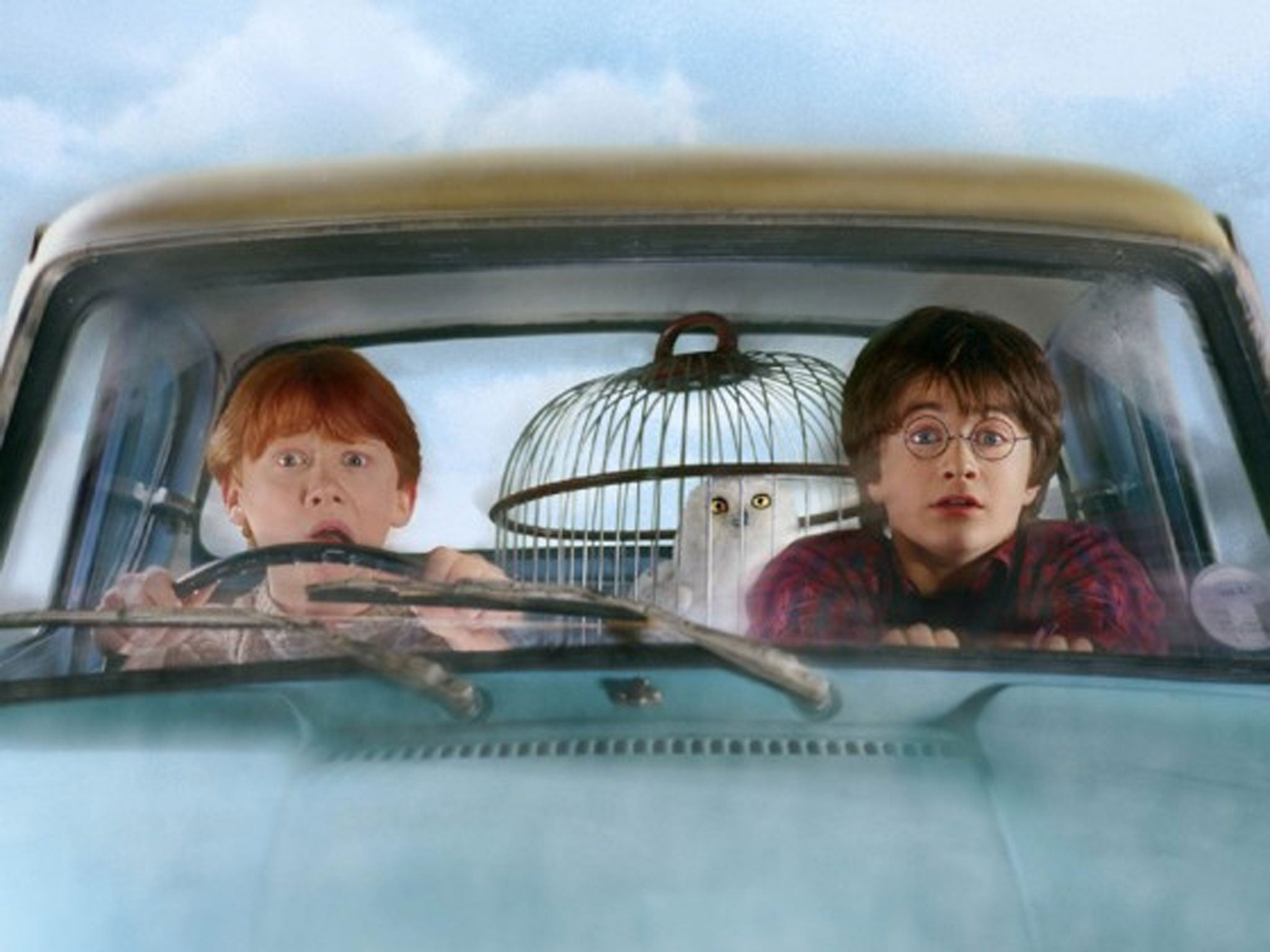Harry Potter inspired invisibility cloak pioneered by scientists

Your support helps us to tell the story
From reproductive rights to climate change to Big Tech, The Independent is on the ground when the story is developing. Whether it's investigating the financials of Elon Musk's pro-Trump PAC or producing our latest documentary, 'The A Word', which shines a light on the American women fighting for reproductive rights, we know how important it is to parse out the facts from the messaging.
At such a critical moment in US history, we need reporters on the ground. Your donation allows us to keep sending journalists to speak to both sides of the story.
The Independent is trusted by Americans across the entire political spectrum. And unlike many other quality news outlets, we choose not to lock Americans out of our reporting and analysis with paywalls. We believe quality journalism should be available to everyone, paid for by those who can afford it.
Your support makes all the difference.Invisibility cloaks are usually found in the fictional world of Harry Potter, but researchers in the US claim to have created one.
The cloak is just milometres thick but works in microwave light, making 3D items invisible from all directions.
Researchers from the University of Texas, who have presented their findings in the New Journal of Physics, say that the cloak is comprised of a 0.15mm layer called a metascreen.
The cloak consists of copper strips attached to flexible polycarbonate film, which scientists say can conceal an 18cm cylindrical rod.
Professor Andrea Alu, one of the authors of the study, said “When the scattered fields from the cloak and the object interfere, they cancel each other out and the overall effect is transparency and invisibility at all angles of observation.”
There is hope that the cloak can be developed to work in visible light. “In principle this technique could also be used to cloak light,” said Professor Alu.
Join our commenting forum
Join thought-provoking conversations, follow other Independent readers and see their replies
Comments